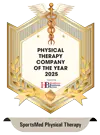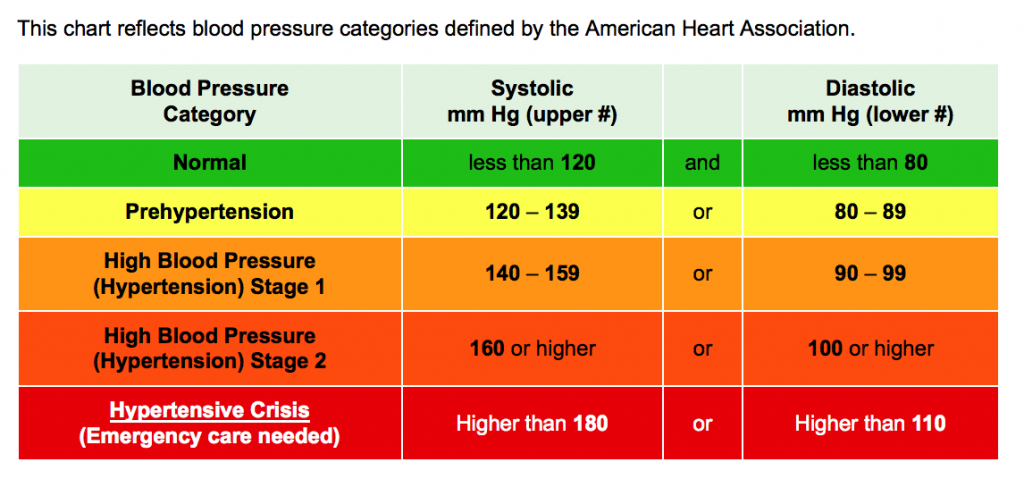What is Blood Pressure?
When your heart beats, it pushes blood through the body delivering blood and nutrients to its tissues. As blood travels, it pushes against blood vessels, this is called blood pressure (BP).
How is it measured?
Blood pressure can be taken by a machine or manually by a trained professional using a cuff and stethoscope. Readings will come with two numbers – the top number, systolic, and the bottom number diastolic.
Systolic blood pressure is the highest number and is a measure of the pressure exerted as the heart muscle contracts forcing blood out of the heart.
Diastolic blood pressure is the bottom number and is a measure of pressure between heart beats when the heart muscle expands and blood reenters.
If you have any questions, or want a consultation with a professional, feel free to call, or schedule an appointment online at any of our Bergen County or Passaic County offices in New Jersey. Choose from Glen Rock, Franklin Lakes, Fair Lawn, Ridgewood/Ho-Ho-Kus, and/or Clifton – we make it possible for you to visit any of our offices at your convenience.
Keep in mind that blood pressure can be affected by many factors including:
- Body position
- Stress level
- Medications such as Diuretics, Beta Blockers, some Antidepressants
- Caffeine
- Dehydration
- Personal fitness levels
- Time of day (Usually lowest at night)
- If taken after physical activity
Blood pressure readings will vary from person to person and what is ‘normal’ for one may be high or low for another, generally speaking, blood pressure is considered ‘normal’ if it is 120/80 (read 120 over 80) or lower.
Low Blood Pressure (Hypotension)
Low blood pressure is considered under 90/60 and if accompanied by any of the following symptoms:
- Dizziness or lightheadedness
- Fainting (syncope)
- Lack of concentration
- Blurred vision
- Nausea
- Cold, clammy, pale skin
- Rapid, shallow breathing
- Fatigue
- Depression
- Thirst
There are many different reasons why blood pressure would be low, but the most common include:
- Dehydration
- Pregnancy
- Low blood sugar
- Thyroid conditions
- Blood Loss
- Infection
- Lack of B12
- Neurological disorders
- Age – generally older populations are affected
In addition, there are a few common types of Hypotension:
Orthostatic Hypotension
Caused by standing up from a seated position. Gravity will cause blood to pool in the lower extremities when standing, the body counteracts this by increasing Heart Rate (HR) to get blood back into the brain. If this system fails, BP will drop. Normally, this occurs in the elderly but can affect anyone who sits with legs crossed or in a squat position for extended periods of time.
Postprandial Hypotension
This type of hypotension occurs after eating when blood is pulled into the digestive tract. Once again, the body counteracts this by increasing HR, but in individuals affected by postprandial hypotension, this system fails.
Neurally Mediated Hypotension
When standing for long periods of time, gravity pulls blood into the legs and your body will compensate to stabilize blood pressure. However, in those with neutrally mediated hypotension, the heart sends signals to the brain that BP is high, causing the brain to lower HR leading to decreased blood pressure.
Treatment For Low Blood Pressure
If blood pressure is low but not accompanied by any of the above symptoms, there is rarely need for any type of intervention. However, if any of the above symptoms are present, common treatments include:
- Adding salt into diet
- Drinking more water
- Using compression socks
- Medications
- Decrease alcohol intake
- Switch positions slowly
- Eat smaller portions
Do you, or someone you know suffer from low blood pressure? We can help with a simple consultation.




